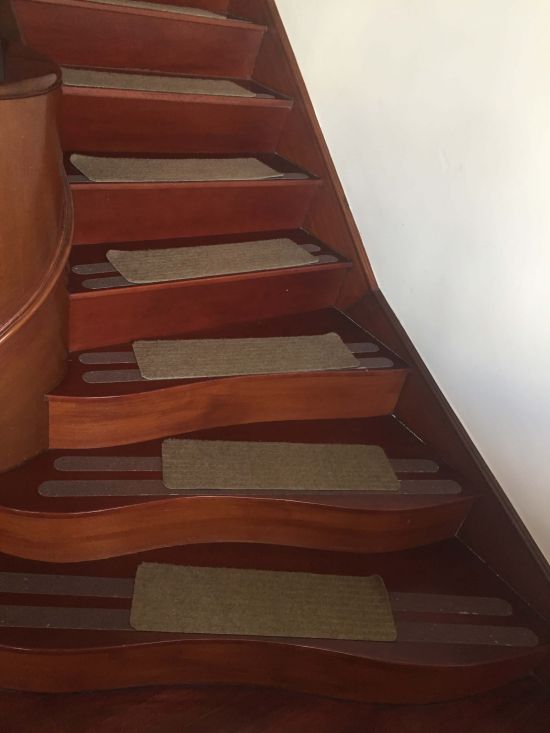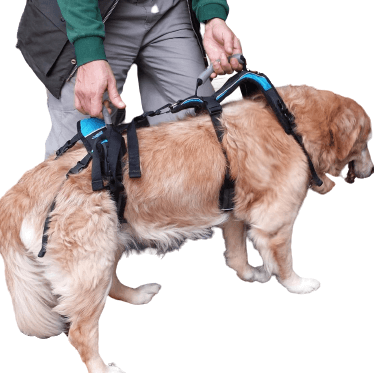
Why we care about stairs
Stairs are an everyday challenge to many of our older pets.
What goes up: When a dog walks up the stairs they have more body weight over the back legs putting increased weight and pressure on the hip and knee joints. If these joints have arthritis, this can be painful. It may also be difficult for your dog to lift it's leg to the height of the next step which requires flexion or bending of both of the hip and knee joint together while the other leg holds the weight!
Must come down: When going down the stairs, more of the body weight is over the front limbs, this time putting increased weight and pressure on the shoulders, elbows and wrists.
If older dogs have joint problems they may bunny hop up and down stairs because it is easier for them. This may look cute but this is not a controlled movement and if they slip they can easily further injure themselves. Some dogs may hesitate or even refuse to go up and down the stairs if it is too difficult for them. Others still will grit their teeth and do it, feeling the consequences later.
When use of stairs becomes an issue for your pet, consider all the alternatives.
The easiest solution would be to avoid stairs all together, and if there are stairs in the household, we will often recommend to keep you senior dog on one level only and use a baby gate to restrict access to the stairs, or perhaps only allow your pet to go upstairs to sleep – there by reducing the need to use the stairs to once daily only. Or you could even consider the use of a ramp.
If this is not possible then we need to introduce ways to make ascending and descending the stairs easy. Many of our patients have fantastic owners who have put non-slip tape or carpeting on the stairs to improve grip.

Another way to help your dog when using the stairs is to support them with a Help’EmUp Harness. These harnesses (or Power Puppy Pants as Dr Jane likes to refer to them) provide support both under the chest and pelvis so will can assistance to both the front and back legs.

Sometimes we do like stairs!! Small solid non-slip stairs can be very useful to help prevent jumping on and off sofas and beds. By teaching you dog to use some foam stairs instead of jumping, we can minimise the high impact activity than can be damaging to the joints.

Related Products
This site is protected by reCAPTCHA and the Google Privacy Policy and Terms of Service apply.









